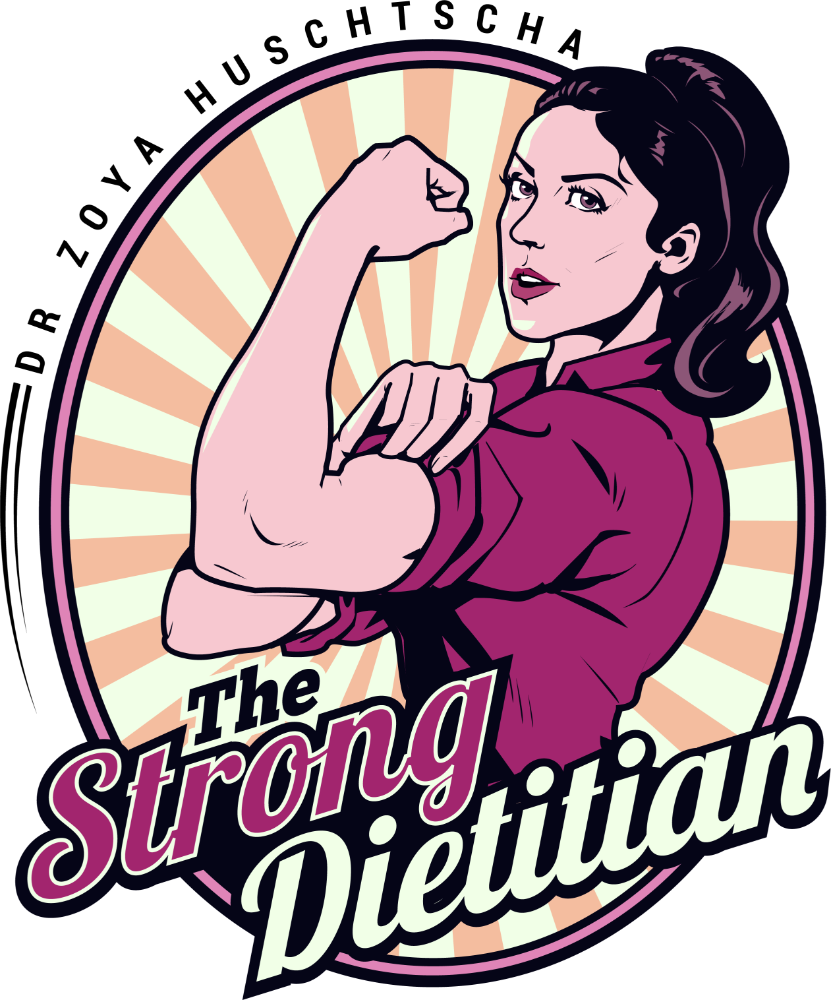How I Lost 10kg Without Counting Calories: Fat Loss Without Tracking
May 17, 2025
Calorie tracking isn’t for everyone. Whether it feels obsessive, time-consuming, or just not realistic in your season of life, you’re not alone in wondering:
“Can I still lose fat without counting calories?”
The short answer: Yes.
As a dietitian and a mum to a toddler, I can tell you firsthand: the last thing I need is one more thing increasing my cognitive load. Between remembering spare clothes for childcare, negotiating snacks, and keeping my work brain on, I simply don’t have the bandwidth to log every gram of rice or almond butter.
And I know I’m not the only one. For many women especially those navigating career demands, parenting, and shifting hormones ditching the food tracking app can be the first step toward a more peaceful, sustainable relationship with food and body composition goals.
So how did I get to 95 kg (post baby) back to my pre-baby weight (-10kg) without tracking?

Below I will show you how:
Use Portion-Based Guidelines for Fat Loss
You don’t have to weigh every bite to understand how much your body needs.
Try using simple hand-based portion guides:
- Protein: 1–2 palm-sized portions per meal (e.g. chicken, tofu, Greek yoghurt)
- Carbs: 1–2 cupped hands (e.g. rice, sweet potato, fruit)
- Fats: 1–2 thumbs (e.g. olive oil, nuts, avocado)
- Veggies: 2 or more fist-sized servings
These visual cues help you build balanced plates without needing scales or apps plus, your hands grow with you, so they’re a pretty personalised tool.
💡 Tip: Adjust Based on Your Activity
These hand portions are a great starting point—but they’re not set in stone.
If you’ve had a more active day (like strength training, a long walk, or chasing a toddler nonstop), your energy needs go up. In that case, add an extra cupped hand of carbs or another thumb of fat to help fuel recovery and prevent cravings later.
Listening to your hunger and matching your portions to your activity is one of the simplest ways to stay in tune with your body—no calculator required.
 But Don’t You Need to Know How Many Calories You’re Eating?
But Don’t You Need to Know How Many Calories You’re Eating?
Here’s the truth: you don’t need to count every calorie to be in a calorie deficit, but you do need to create one somehow, since a calorie deficit is still the mechanism behind fat loss.
Portion-based eating, structured meals, and consistent habits can help you naturally reduce your intake without tracking it obsessively.
If your weight is slowly trending down (say 0.2–0.5 kg/week), you’re likely in a small, sustainable deficit. If not, you might need to tweak things:
- Reduce portion sizes slightly
- Increase protein and veg (they’re more filling)
- Move a little more through steps or training
- Swap 1-2 foods for more lower calorie options (e.g., low fat milk, leaner cuts of meat etc).
You can also do a quick food diary check for 3–5 days just to spot-check your average intake not to obsess, but to get clarity. Then go back to flexible structure, not rigid rules.
It’s about awareness, not obsession.
Create a “Structured Flexibility” Meal Plan
Structure doesn’t mean rigid.
It means:
- You know what’s for dinner (even if it’s the backup plan)
- You have go-to breakfasts and snacks
- You keep a few protein-rich emergency meals on hand (rotisserie chicken + microwave rice + salad bag = DONE)
This keeps decision fatigue low and consistency high.
Need ideas? Think:
- Morning: Protein oats or eggs + toast
- Lunch: Leftover bowl with lean protein, roast veg, grain
- Snack: Protein smoothie or cottage cheese + fruit
- Dinner: Stir-fry or tray bake with a protein, a heap of veg, and a side of carbs
Check out my youtube on creating a meal plan: HERE
Keep Protein a Priority
Protein helps preserve lean muscle, reduces cravings, and keeps you fuller for longer. Most people undereat it especially women.
Aim for 20–30g protein per meal, and build your plate around it.
Some high-protein staples:
- Eggs, Greek yoghurt, cottage cheese
- Chicken, beef, tofu, tempeh
- Legumes (lentils, chickpeas, beans)
- Protein powders or ready-to-drink shakes (great for convenience)
Stay Consistent with Movement
You don’t have to train like an athlete but combining resistance training with walking or general movement makes a big difference.
Strength training 2–4x/week + 8–10k steps/day (or whatever is realistic for you) supports fat loss, especially when paired with consistent meals.
Sleep and Stress Matter, A Lot
Poor sleep and high stress can increase hunger hormones and drive cravings for highly processed foods.
That doesn’t mean you need a 10-step wind-down routine, but it’s worth paying attention to:
- Sleep hygiene (dark room, no screens before bed)
- Daily rituals to decompress (walks, journaling, laughing with your kids)
- Boundaries with work, screens, or over-scheduling
Final Thoughts: You Don’t Have to Track to Make Progress
- As a dietitian who specialises in strength, women’s health, and food freedom, I see it all the time: sustainable fat loss doesn’t come from obsessing over numbers it comes from building repeatable habits and fuelling your body like it deserves to be strong.
- Want support in creating a plan that actually works for your life stage, your body, and your goals?
- Let’s build something better than calorie counting. [Work with me here.]
Ready to take control of your health? Book a free discovery call today and let’s discuss how I can help you reach your wellness goals
Stay connected with news and updates!
Join our mailing list to receive the latest news and updates from our team.
Don't worry, your information will not be shared.
We hate SPAM. We will never sell your information, for any reason.



